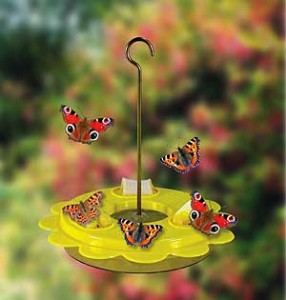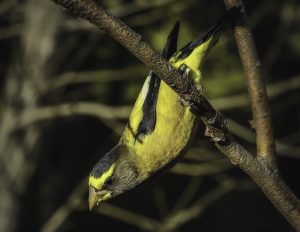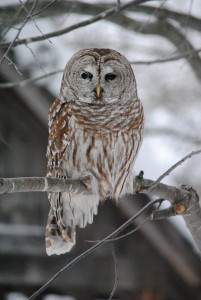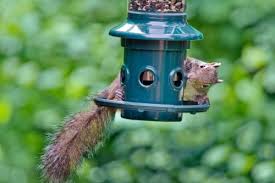 CHEX TV airdate: December 11th, 2015 5-6pm Squrrel Buster Bird feeders Yes, they really are squirrel proof! Guaranteed! We have been carrying the Squirrel Buster line of bird feeders for MANY years. ?People are initially skeptical about the feeders, but once they see how well they work, they love them! There are 7 different styles available including 5 for mixed seed, 1 for finch seed and 1 for peanuts. You can keep all of your birds happy and even exclude a few that you enjoy less. Squirrels will try to get into the seed but are unable to get anything so give up! You know how smart they are! If they can’t get food they’re going to go someplace else to have their dinner! Watch this episode to learn more about these awesome feeders.
CHEX TV airdate: December 11th, 2015 5-6pm Squrrel Buster Bird feeders Yes, they really are squirrel proof! Guaranteed! We have been carrying the Squirrel Buster line of bird feeders for MANY years. ?People are initially skeptical about the feeders, but once they see how well they work, they love them! There are 7 different styles available including 5 for mixed seed, 1 for finch seed and 1 for peanuts. You can keep all of your birds happy and even exclude a few that you enjoy less. Squirrels will try to get into the seed but are unable to get anything so give up! You know how smart they are! If they can’t get food they’re going to go someplace else to have their dinner! Watch this episode to learn more about these awesome feeders.
Garden Gate: Episode 81 – How do our winters affect the birds?
CHEX TV airdate: Friday January 22nd (5-6pm) Click link to watch this segment Again I was joined by Erica Nol, Biology professor from Trent University. We talked about how the weather (both good and bad) affects what birds we see in our backyards. Do warm winters mean more birds stick around? Do the long cold … Read more
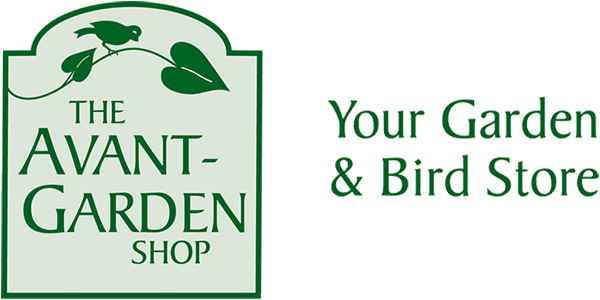
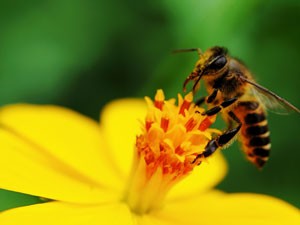 Sue Chan is an expert on bees. Her life is buzzing all the time! Sue works for a variety of organizations including Farms at Work. (http://www.farmsatwork.ca/about-us) ?It was with that organization that she wrote a booklet about bees called A Landowner’s Guide to Conserving Native Pollinators.(Available at The Avant-Garden Shop for just $10.00) ? On this episode of The Garden Gate , we talked about why bees are so important, how they are affected by neonicotinoids, and also what types of plants they like. We carry bee houses at the shop as well which we also talked about. ?These bee houses are made locally and are meant for mason bees to lay eggs in. ?Putting up a variety of “houses” for the bees will help them to increase in numbers and pollinate your plants!
Sue Chan is an expert on bees. Her life is buzzing all the time! Sue works for a variety of organizations including Farms at Work. (http://www.farmsatwork.ca/about-us) ?It was with that organization that she wrote a booklet about bees called A Landowner’s Guide to Conserving Native Pollinators.(Available at The Avant-Garden Shop for just $10.00) ? On this episode of The Garden Gate , we talked about why bees are so important, how they are affected by neonicotinoids, and also what types of plants they like. We carry bee houses at the shop as well which we also talked about. ?These bee houses are made locally and are meant for mason bees to lay eggs in. ?Putting up a variety of “houses” for the bees will help them to increase in numbers and pollinate your plants!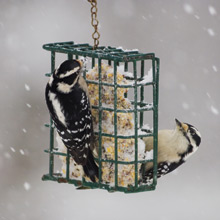
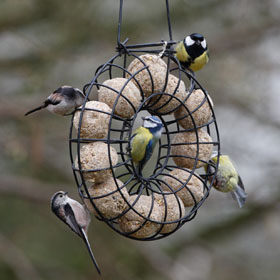
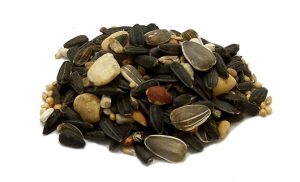

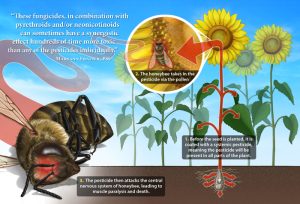
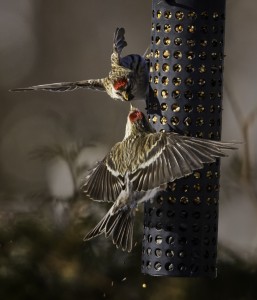
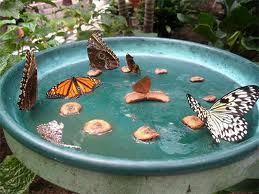
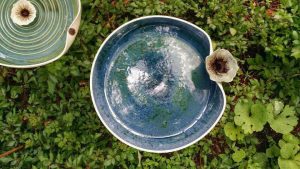
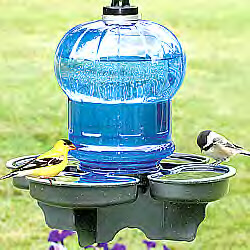 The bird waterer is also a popular item. It can be hung on a shepherds hook, set on a stump or table or affixed to a 4X4 post.
The bird waterer is also a popular item. It can be hung on a shepherds hook, set on a stump or table or affixed to a 4X4 post.